13 Tomato Growing Tips to Grow Better Tomatoes
Tomatoes are one of the most common vegetables in backyard gardens or in container gardens. They are fairly easy to grow and offer a high yield of fruit each year.
Fresh tomatoes make a delicious side dish on their own or are used in several different summer dishes. Tomatoes are also easy to can, so many gardeners plant a lot of them and can them for later.
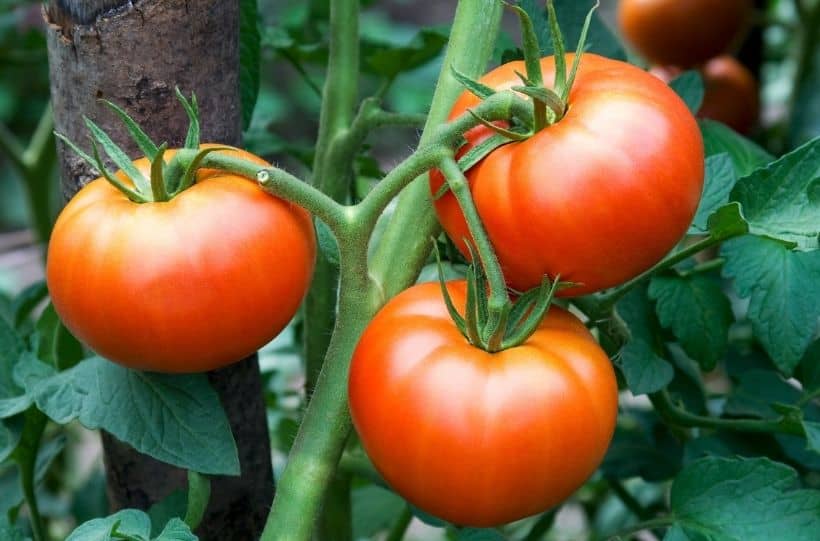
Whether you are enjoying your harvest in the summer or canning it to eat during the winter, here are thirteen tips for boosting your tomato harvest and have you growing the best tomatoes.
Choosing Your Tomatoes

There are several different kinds of tomatoes, so choose the best ones for your climate. If you live in a northern area with a shorter growing season, look for varieties that mature in the shorter season. Early Girl and cherry tomatoes are great for short growing seasons.
If you live where it is very hot, look for varieties with a longer time to maturity that can handle the heat. If you live in an area with a long growing season, you can plant different kinds with varying maturity rates for a longer season.
There is a huge selection of tomato varieties to choose from including cherry, grape, plum, beefsteak, paste, and heirlooms. All with fruits that range in color from red, green, yellow, orange, purple, and even striped!
Some popular tomato varieties to consider include:
- Better Boy
- Brandywine
- Early Girl
- Black Cherry
- Cherokee Purple
Consider Mature Height
Some tomatoes are bush varieties, also called determinate tomatoes. These grow to about three feet tall. They tend to produce all at once, so they are great for those who can extra food. These tomatoes are good for growing in pots, but they do like to have a tomato cage.
Indeterminate tomatoes have a longer season, so you’ll have fresh tomatoes for several weeks. They can grow large and will need additional support at least five feet high. You can use a tomato stake or a cage.
Plant Tomatoes Deep
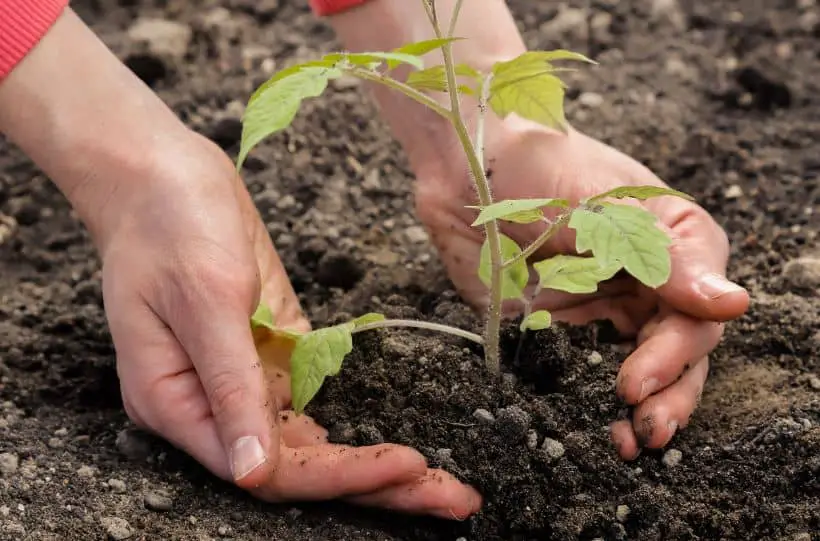
Plant your tomatoes deep into the soil. You can safely plant them deep enough that just the top leaves are above ground.
Trimming off the bottom sets of leaves before planting will let you bury your tomatoes more deeply, helping the tomato plant develop a larger root system, which makes the plant stronger.
Companion Planting
Some plants grow well next to each other. They can either make other plants taste better or ward off some types of harmful insects. And some plants like carrots, dill, and cilantro will also attract pollinators that can also help pollinate your tomato plants for a better yield.
A couple of my favorite companion plants for tomatoes include:
Basil
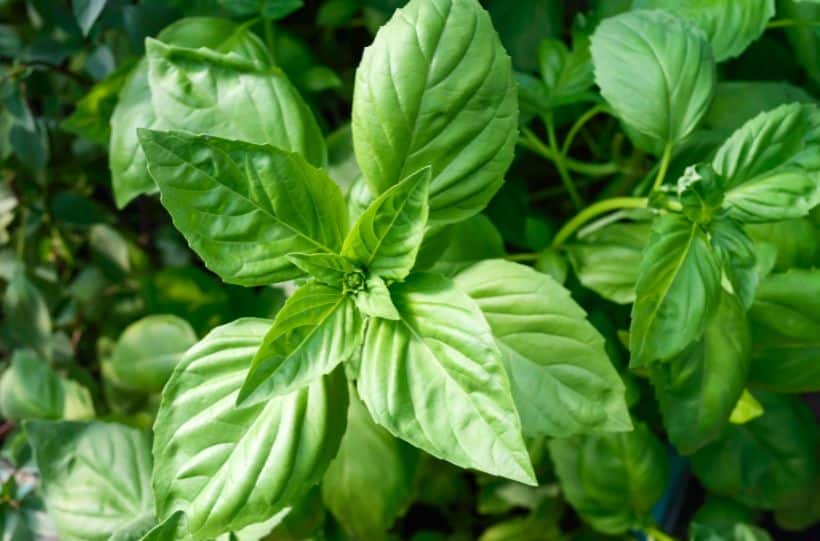
Plant basil next to your tomatoes. They both work together to improve the flavor of the other one. Many recipes call for both basil and tomatoes, so it makes sense to plant both of them anyway.
Basil has a strong smell that acts as a natural insect repellent. It can ward off insects that may be harmful to your tomato plants and help bring out the deep flavors of your tomatoes for the best crop you have ever grown.
Marigolds
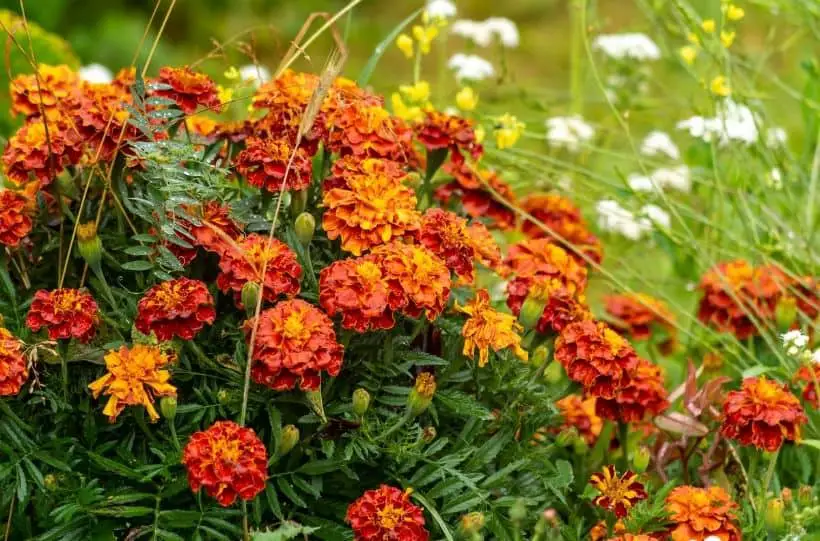
Marigolds are a great addition to your tomato beds. Not only can they help to repel unwanted insects like aphids and damaging wildlife like deer and rabbits, but can also actually help your tomatoes grow better.
Keep the Soil Warm
Tomatoes like warm soil. A few days before you plant your tomatoes, place a black plastic liner where you’ll be planting. This will warm the soil to give the young plants a better start.
Mulch is effective at keeping weeds to a minimum and keeping the soil moist, but it makes the soil cool. For the best tomatoes, do not mulch until the weather is warm outside both during the day and at night.
Soil Conditions
Tomatoes like well-drained soil that’s slightly acidic. Ideally, you’ll want your soil between 6.5 and 6.8 pH. You can use a soil tester or take your soil to your local university’s agricultural extension to get it tested.
If the soil is too alkaline, add sulfur or compost. If it’s too acidic, add dolomite lime.
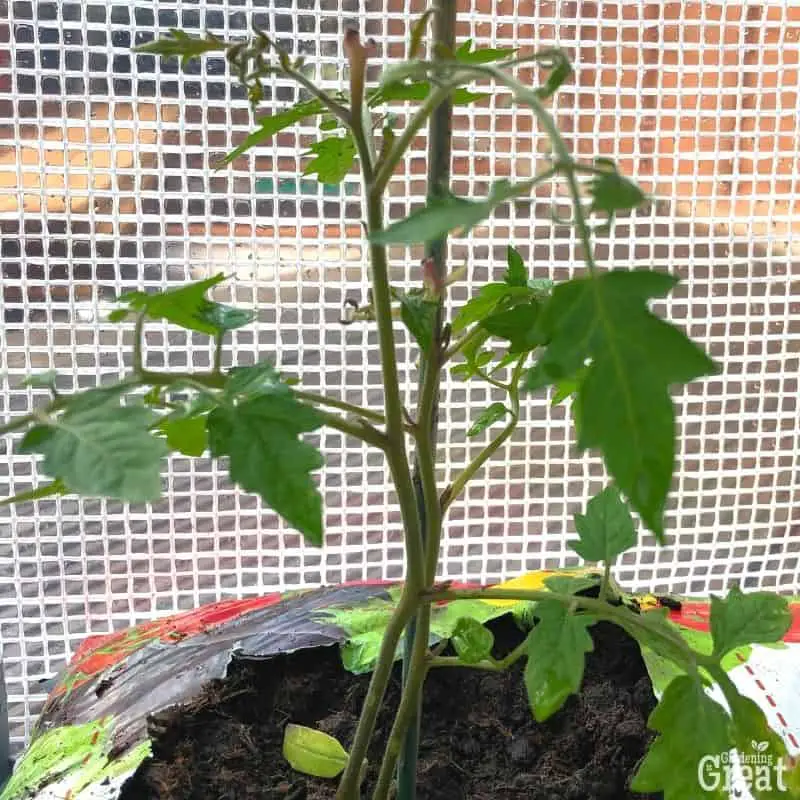
Attract Bumblebees
Tomato plants pollinate themselves, but there needs to be something to knock the pollen off of the anthers to get to the flower for a tomato to form. Usually, the wind is enough for this to happen.
However, bumblebees are more efficient than the wind. The vibration from their flight muscles knocks the pollen loose, which helps increase the fertilization of the flowers.
Plant tomatoes near other plants that attract bumblebees. This can include blueberries, sunflowers, lupine, or phlox.
Sunlight
Tomatoes like a lot of heat and sunlight. For the best tomatoes, choose an area of your yard that gets at least seven hours of direct sunlight per day. More sunlight means more fruit.
Remove Bottom Leaves
When your tomato plants are about three feet tall, remove the bottom rows of leaves. These leaves are more prone to a fungal infection.
These leaves don’t get as much light or air, so they don’t help the tomato grow as much as the top leaves do.
Prune Suckers
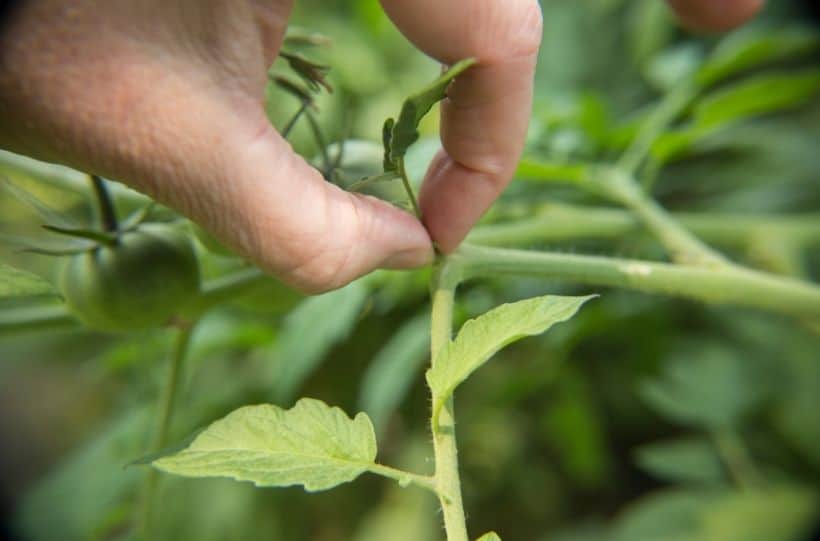
As tomatoes grow, they develop new sprouts, called suckers, between the two branches. These new starts won’t produce fruit, but they will use energy and take nutrients away from the plant.
Water Regularly
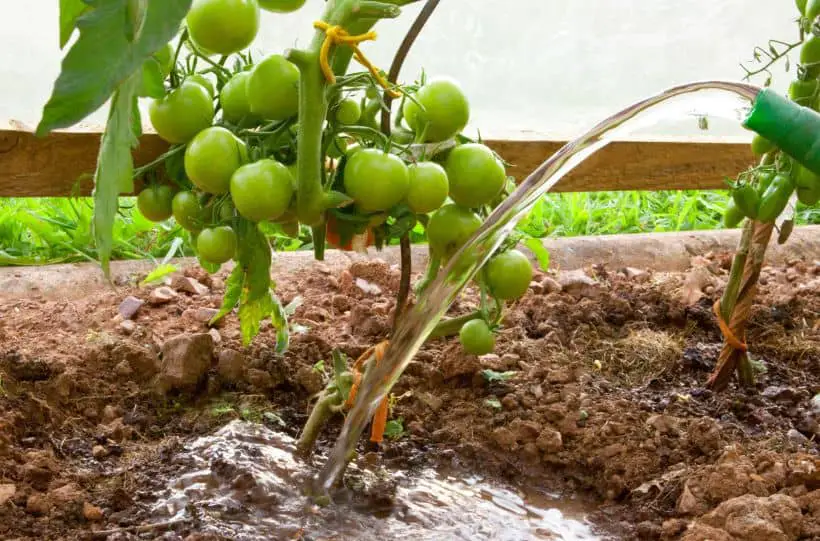
Tomatoes need to be watered often and watered deeply so the water reaches their deep roots. If you skip a week in watering, the blossoms can crack and split.
Try to give them one inch of water per week, including rainwater and supplemental water. They may need more water when it is hot. If they look wilted, then they need an extra drink of water.
However, once the plant starts bearing fruit, you can water it less often. This helps the plant grow a sweeter and better-tasting tomato. If it’s wilted, however, water it so the plant doesn’t die.
Fertilizing
Along with sunlight, warmth, and water, tomatoes also need a little extra help with some fertilizer. You’ll hear conflicting reports, but most gardeners like to use Epsom salts, bone meal, or crushed eggshells for natural fertilizer.
Don’t use any fertilizer with a lot of nitrogen. Excess nitrogen can cause your tomato plant to grow well, but it won’t produce much fruit. However, if your plants have yellow leaves, they may need some extra nitrogen.
Compost Tea
Consider making your tomatoes a compost tea. Compost tea isn’t the prettiest thing you’ll ever make, but your tomatoes will love it.
Simply mix one part of organic compost with one part of water. Let the mixture sit for 24 hours. Strain out the solids and use the liquid to water your tomatoes.
Enjoy the Fruits of Your Labor
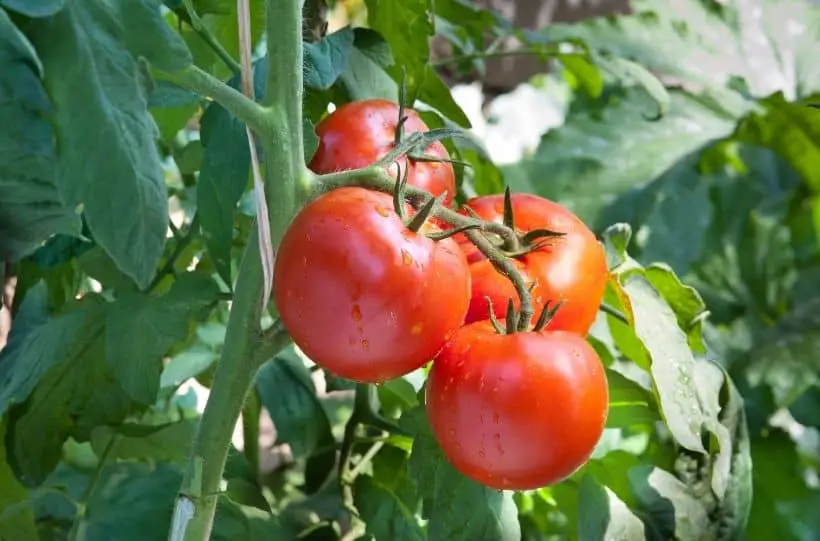
Use these thirteen tomato-growing tips for a bountiful harvest. While you may not use all of them each year, just remember to keep your tomatoes in plenty of sunlight and in warm soil because that will help boost your harvest with minimal effort.
And for more tomato-growing guides, be sure to read these next:

